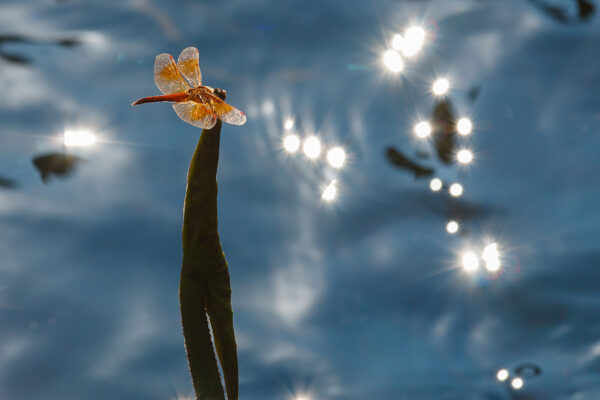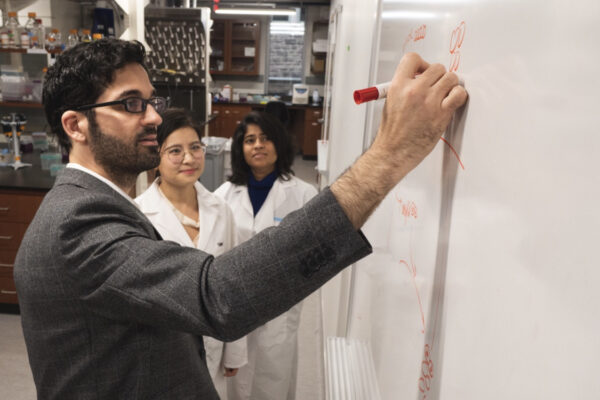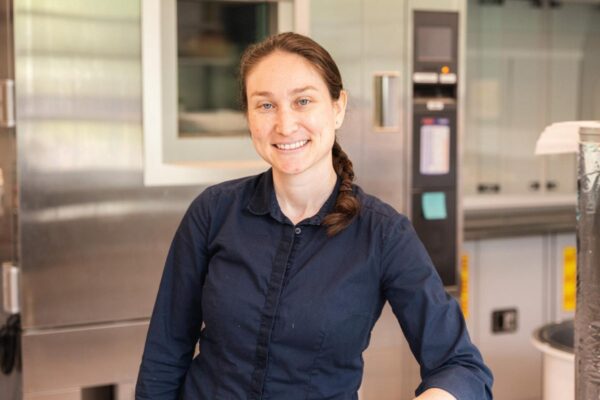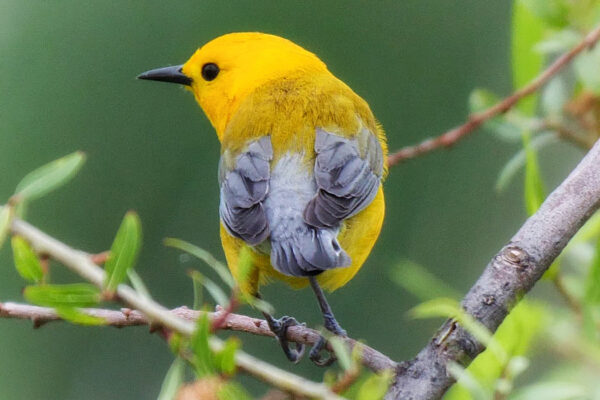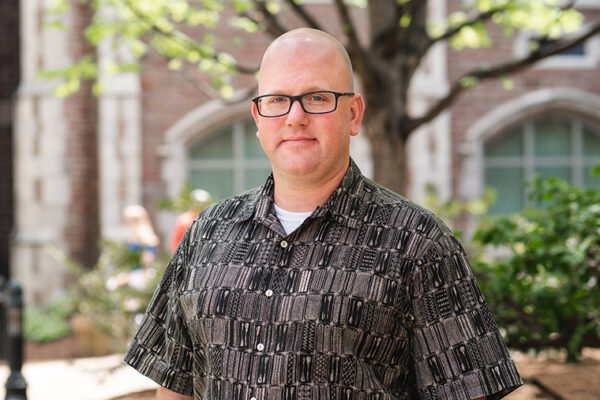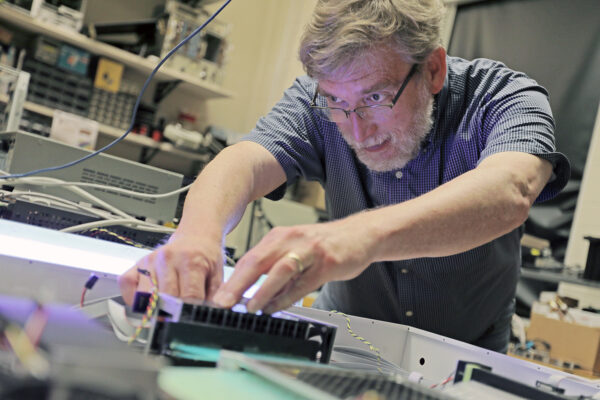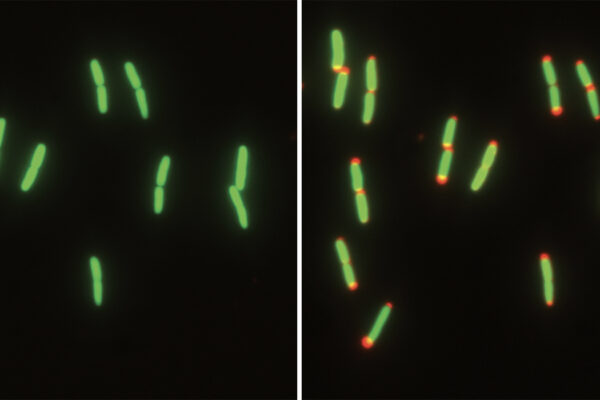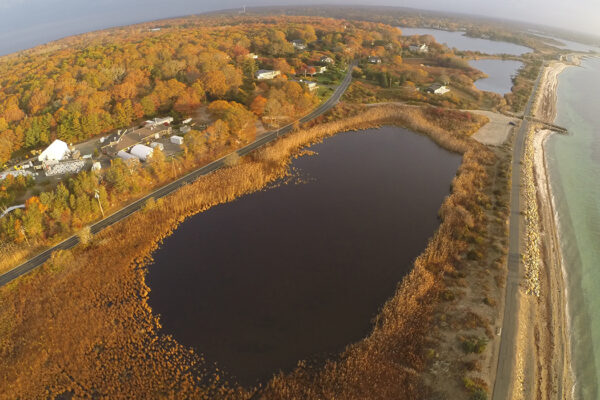Male dragonflies lose their ‘bling’ in hotter climates
A study in the Proceedings of the National Academy of Sciences led by Michael Moore, a postdoctoral fellow with the Living Earth Collaborative, finds that dragonfly males have consistently evolved less breeding coloration in regions with hotter climates.
Washington University collaborates with Agilent, Merck to expand metabolomics research
Using top-of-the-line research instrumentation from Agilent and Merck, scientists in the Department of Chemistry in Arts & Sciences will develop new metabolomics workflows of interest to many members of the drug-development community.
Physicist Nagy has leading role in next-gen balloon mission
With NASA’s latest balloon technology, Johanna Nagy in Arts & Sciences is looking 13 billion years into the past, using the oldest light in the universe, to precisely measure the polarization of the microwave sky.
Living Earth Collaborative announces 2021 seed grant recipients
Collaborators from eight St. Louis area institutions will investigate the microbiomes of local box turtles; the diversification of flowering plants in the Gulf of Guinea; and adaptation to climate change and biodiversity loss in Madagascar, among other projects.
Rauch’s cosmic ray research probes origins of matter in the Milky Way
Brian Rauch, research assistant professor of physics in Arts & Sciences, co-authored a study in Physical Review Letters that suggests that certain cosmic rays move through the galaxy differently. The research addresses fundamental questions about how matter is generated and distributed across the universe.
Buckley awarded $4.9 million to develop gamma ray astronomy mission
James H. Buckley, professor of physics in Arts & Sciences, received a $4.9 million award from NASA to build a demonstration version of a large satellite experiment for gamma-ray astronomy research. Washington University leads the entire effort to develop the instrument, which is planned to launch on a scientific balloon in 2024.
Shrinking to survive: Bacteria adapt to a lifestyle in flux
Biologists discovered that E. coli bacteria have a strategy that may help them to survive in between meals. The new research from the laboratory of Petra Levin in Arts & Sciences is published in PNAS.
If I never knew you
A study with Australian reptiles establishes a new return-on-investment method of determining species that are a priority for taxonomic research: undescribed species that are likely already threatened.
A ‘jolt’ for ocean carbon sequestration
Global oceans absorb about 25% of the carbon dioxide released into the atmosphere when fossil fuels are burned. Electricity-eating bacteria known as photoferrotrophs could provide a boost to this essential process, according to new research from biologist Arpita Bose in Arts & Sciences.
Cohen, Moreland win Earth and Planetary Sciences awards
Maia Cohen and Ellie Moreland, who graduated in May, each received named prizes in special recognition for their academic achievement.
View More Stories
